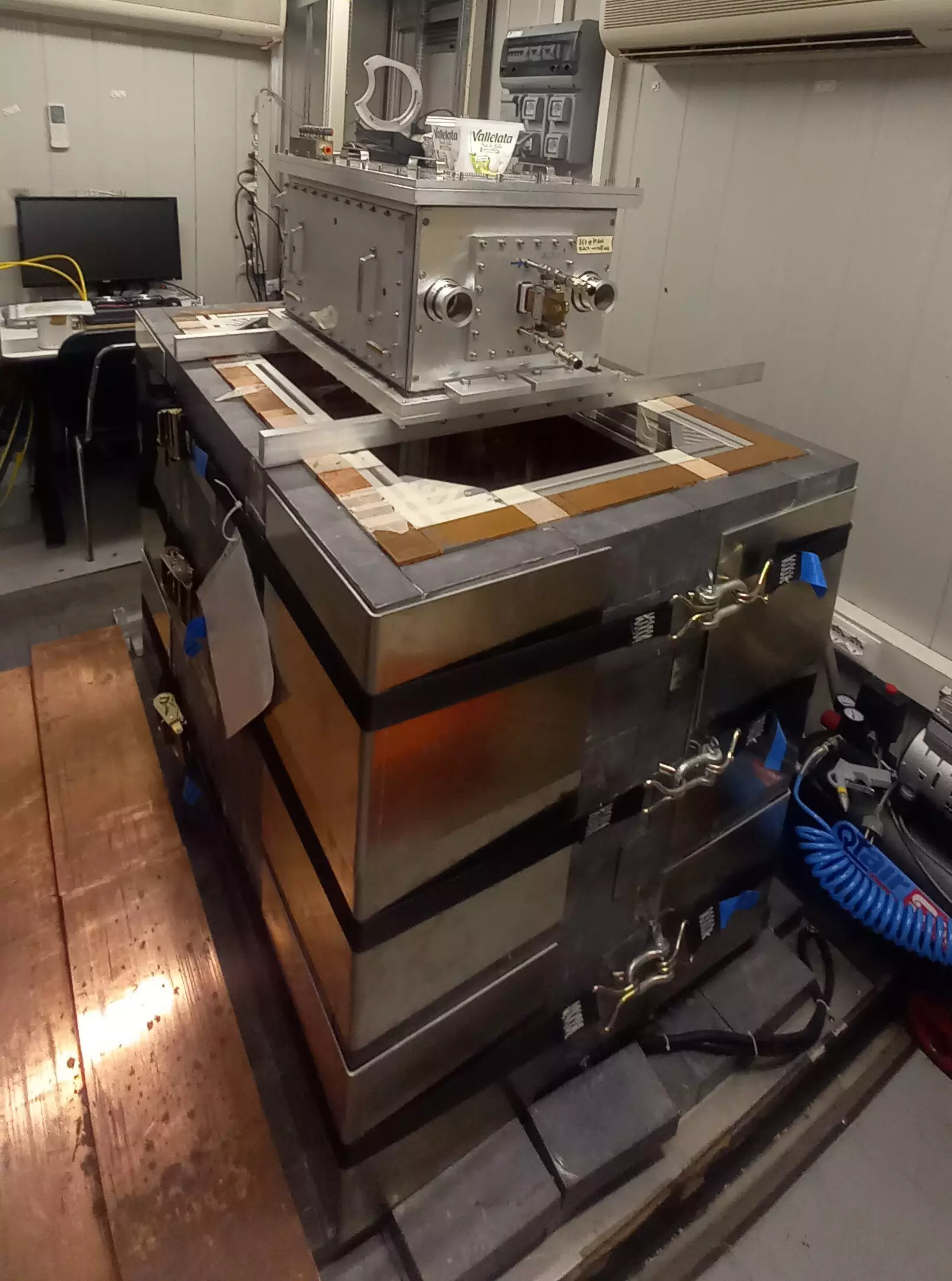The mysterious nature of the quantum realm continually challenges our understanding of reality, particularly through thought experiments like Schrödinger’s famed cat. This paradoxical scenario invites numerous questions: How can a cat be animated and inert simultaneously? While this may seem confined to hypothetical musings, scientific investigation into the behavior of quantum systems is anything but fanciful. An international team of physicists has proposed innovative methods to explore alternatives to established quantum theories, potentially illuminating why macroscopic objects, like cats, do not exhibit quantum behaviors. Their findings, published in the journal *Physical Review Letters*, offer exciting new avenues for inquiry in quantum mechanics.
At the heart of quantum mechanics lies the concept of superposition. Before observation, quantum particles don’t have definitively attributed states; they exist in overlapping potential outcomes. For example, a particle can occupy two locations simultaneously. Extending this principle to the infamous cat, we conceptualize a scenario where a radioactive atom’s decay mechanism simultaneously permits the cat to be alive and dead—mirroring the superposition’s contradiction. While theoretical explorations like these are captivating, they underscore a pressing concern: the inexplicable transition from quantum to classical states upon measurement, culminating in what physicists term the “measurement problem.”
This quandary—how and why observation induces a collapse of quantum states—remains unresolved within standard quantum theory. As articulated by one of the researchers, Catalina Curceanu, the mathematical framework that describes quantum systems through wavefunctions remains inadequate in detailing the phenomena at play when these wavefunctions collapse. Thus, to address this measurement conundrum, alternative models have emerged, which not only seek to explain the mechanisms of collapse but also potentially predict new observable effects.
Among these alternatives are quantum collapse models, positing that larger systems experience collapse at different rates based on intrinsic mechanisms or external influences like gravity. One particular model, Continuous Spontaneous Localization (CSL), suggests that collapse arises from random, intrinsic processes, while another, known as the Diòsi-Penrose model, ties collapse directly to gravitational factors. These models have garnered attention due to their capacity to predict observable effects, such as spontaneous radiation, which diverges from standard quantum mechanics.
Curceanu and her collaborators have invested years into searching for signs of this predicted radiation—specifically high-energy gamma radiation—though their results thus far have been unfruitful. However, the absence of such evidence has served as a tool for refining and narrowing the parameters of these collapse models.
In their latest research, the team undertook a nuanced approach, investigating the spontaneous electromagnetic radiation emitted from atomic systems at lower energy levels, particularly within the X-ray spectrum. Surprisingly, their findings demonstrated that radiation emission rates varied significantly not only by atomic species but also aligned distinctly with the specific characteristics of the collapse models being evaluated. Such results challenge previous expectations by revealing a previously unaccounted dependency, suggesting that the nature of quantum collapse may be more complex than initially suspected.
This work entails critical practical implications. By updating ongoing experiments at the LNGS-INFN underground laboratory in Italy, the researchers plan to explore the intricate relationships between atomic structures and predicted spontaneous radiation emissions. Such experiments may not only provide valuable constraints for existing collapse theories but could also unearth new phenomena that reshape our understanding of quantum mechanics.
If the hypothesized spontaneous radiation is detected, it could reverberate throughout multiple scientific disciplines, influencing fields beyond just physics. The foundational nature of quantum mechanics invites philosophical reflection regarding the nature of reality and observation. Should these collapse models ultimately be validated, we may find ourselves reassessing the very mechanisms that govern the universe. Their practical implications could affect technologies reliant on quantum principles, from quantum computing to cryptography.
The complexities of quantum mechanics, particularly surrounding the measurement problem, invoke profound interdisciplinary inquiry. As physicists continue exploring alternatives to standard quantum theory, the potential discoveries ahead may not only answer long-standing questions but could also usher in an era of renewed understanding about the interplay between observation, reality, and the underlying fabric of the universe itself.

